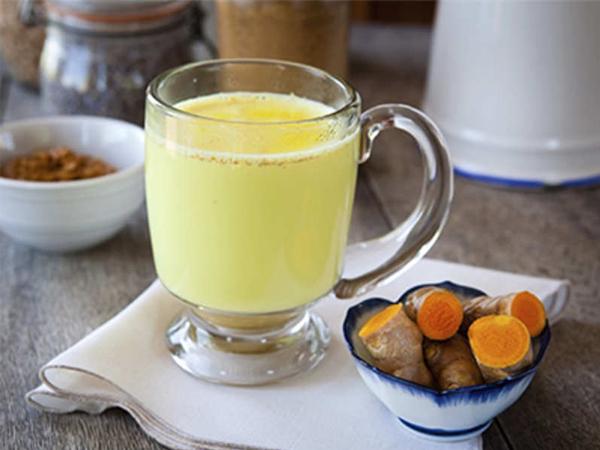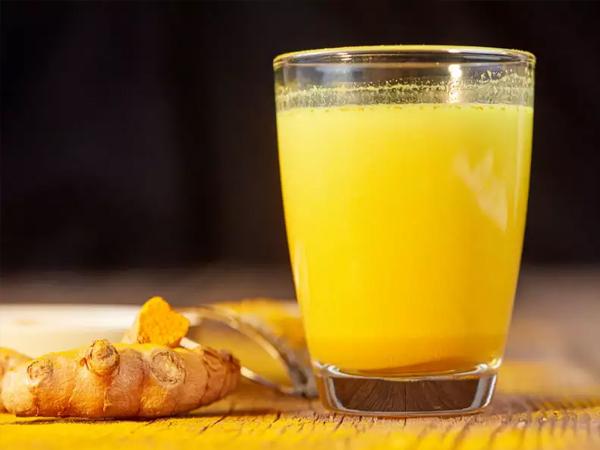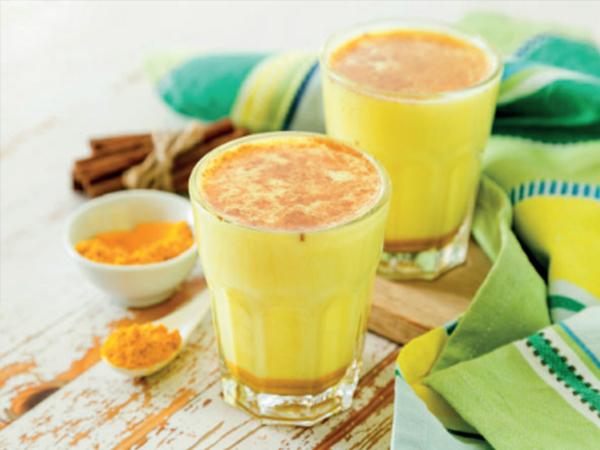For a generation that lives online and is ready to scream ‘fake news’ at everything, us millennials are also very susceptible to a fad. Nowhere is this more apparent in the things we do than in the name of health. Drinking vingerary concoctions in the morning, going on diets which treat butter as a food group, drinking fermented tea – the list can be endless. While Kombucha and Keto are distinctly new-agey, there is a health fad that many Indian grandmothers would recommend too. I am talking about ‘haldi doodh’, which is now sold at international Starbucks outlets and posh cafes in India as a ‘turmeric latte’. I will not go into the cultural appropriation of it all, because that is a separate article. But will this concoction do my body any good?
Cost of Turmeric Lattes in India
If you google turmeric latte, it will lead you to more than 4 million results. And many, many articles have branded the humble mixture of milk and turmeric, as a cure-all. Regular consumption is supposed to cure acne, flatten your bloated belly, alleviate anxiety, cure insomnia, stop bone aging, prevent cancer, etc., etc. The list of benefits is downright baffling. Like a true millennial, I am ready to jump on a hyped fad, and this one seemed accessible.

Because I am also a lazy person who likes to spend money on esoteric drinks, I decided to find out how much a daily fix of ‘golden milk’ (another nomenclature for haldi doodh) would cost me. Turns out, cafes near my home in Bandra charge upwards of Rs 200 for a cup. If you want a vegan version, made with almond milk or any other plant milk, that will increase the cost.
If I was to buy a turmeric latte every day for a week, that would cost me more than Rs 1500. My budget for this experiment was a much smaller amount, so I decided to do a DIY version.
The many Turmeric latte recipes online

There was a marked difference in the recipes from desi sources, and the ones posted by international portals. Most American websites maintained that turmeric milk is only effective if you consume it with a pinch of pepper. This is supposed to activate the compound curcumin in turmeric. I asked multiple ladies in my family and no one had heard of pepper as a common addition to haldi doodh. What they did recommend was that I add at least a teaspoon of turmeric to my milk, instead of the pinch recommended by some Western food bloggers. I was also told not to boil the haldi doodh, as that is supposed to somehow lessen the potency of the liquid. Another desi recommendation was to add a drop of ghee to the mixture. I took all the advice, and made a mug of warm milk with a big heap of haldi and a pinch of pepper. The only ingredient that I like in the combo is pepper; I dislike milk, and I do not have an affinity for the earthy pungency of haldi. Suffice to say, drinking down that mug of yellow liquid was a struggle. But I persisted.
So, what happened when I drank haldi doodh regularly?

The benefits that I experienced were a bit different that the internet had promised. No, it did not clear my acne. In fact the sudden addition of this much dairy to my diet caused a few extra pimples. Haldi doodh did seem to do a very good job of reducing bloating, and constipation that I regularly experienced. It also seemed to calm down an unexpected stomach cramp.
This may be controversial, but I think that haldi doodh is also a good hangover cure. I drank two cups on a Saturday, where the effects of alcohol consumed the night before had completely decimated me. And the warm tonic revived me like no hair of the dog remedy ever did.
So, am I still drinking golden milk regularly? The answer is no, but I do turn to it when I feel a bout of cough or cold, or a stomach ache creeping up on me. And it always does the trick.



